Abstract
A model is postulated which attributes the distinctive biconcave shape of the human erythrocyte to a balance of forces acting on the membrane. The forces considered are electrostatic forces due to a charge distribution on the membrane, a hydrostatic pressure difference acting across the membrane, and forces arising from a constant tension in the membrane. A numerical study indicates that the postulated model will produce an equilibrium shape which is very similar to the observed shape of the human erythrocyte.
Full text
PDF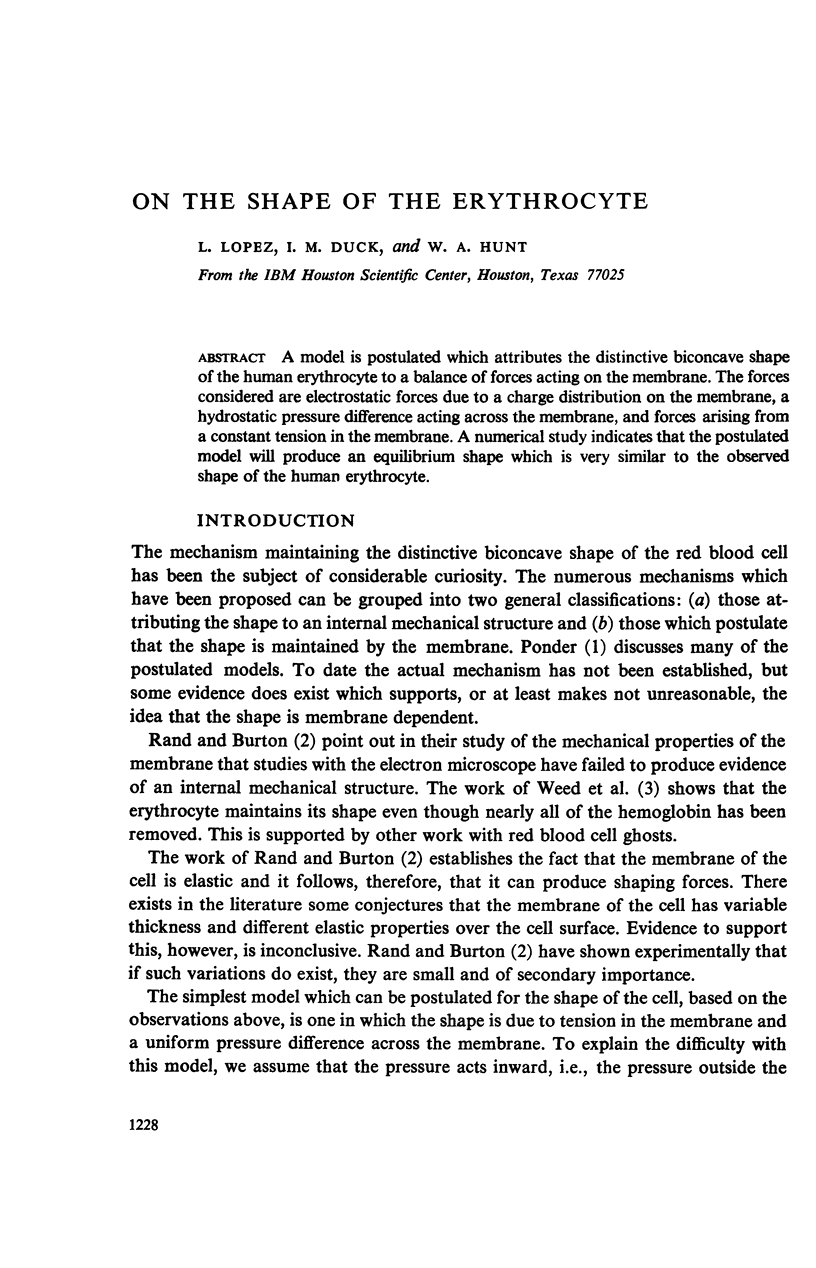
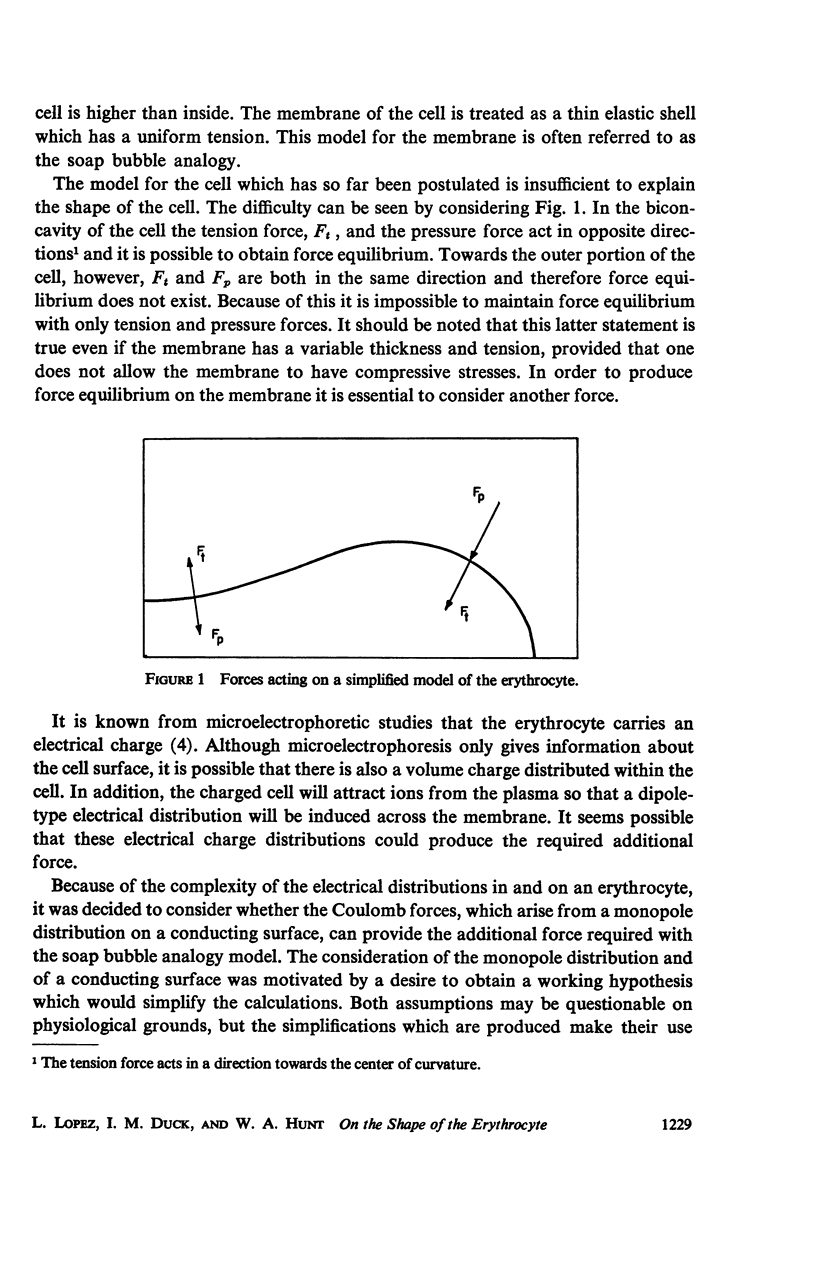
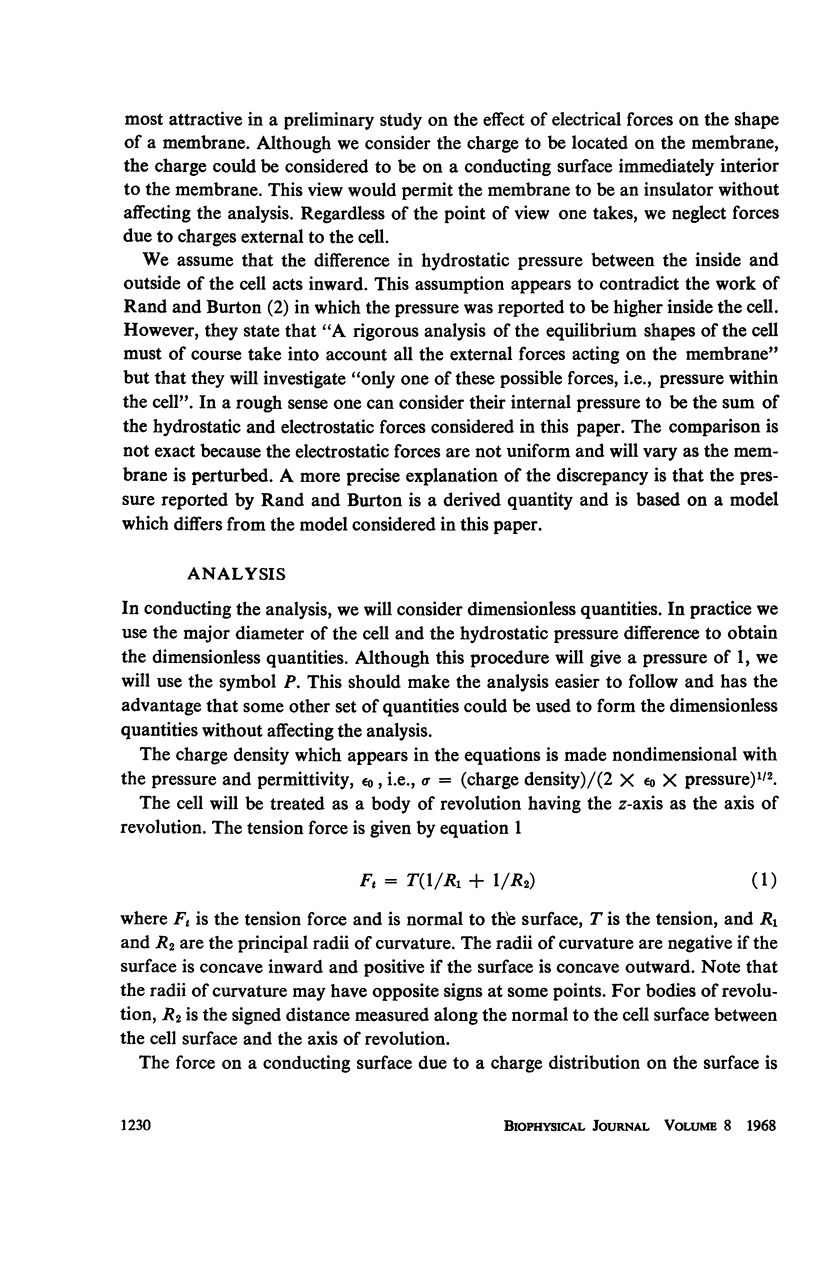
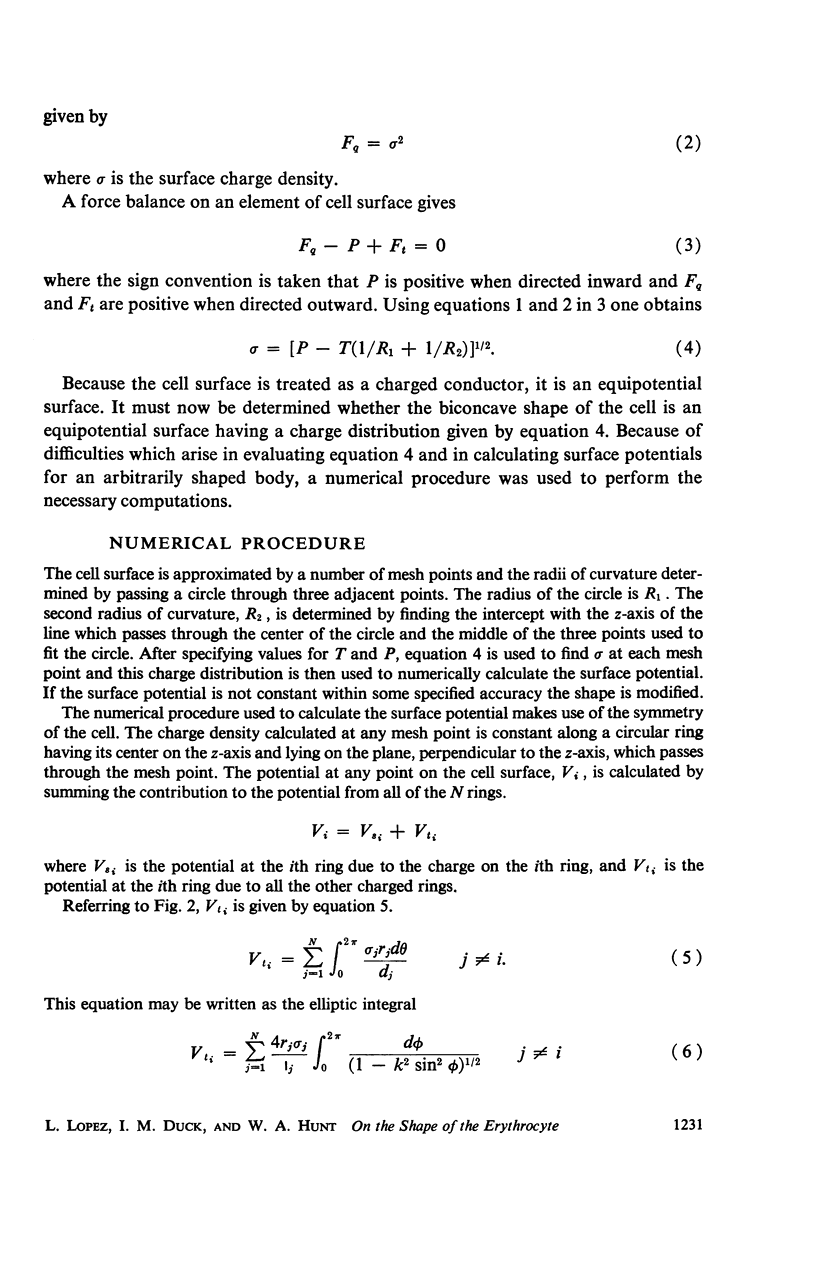
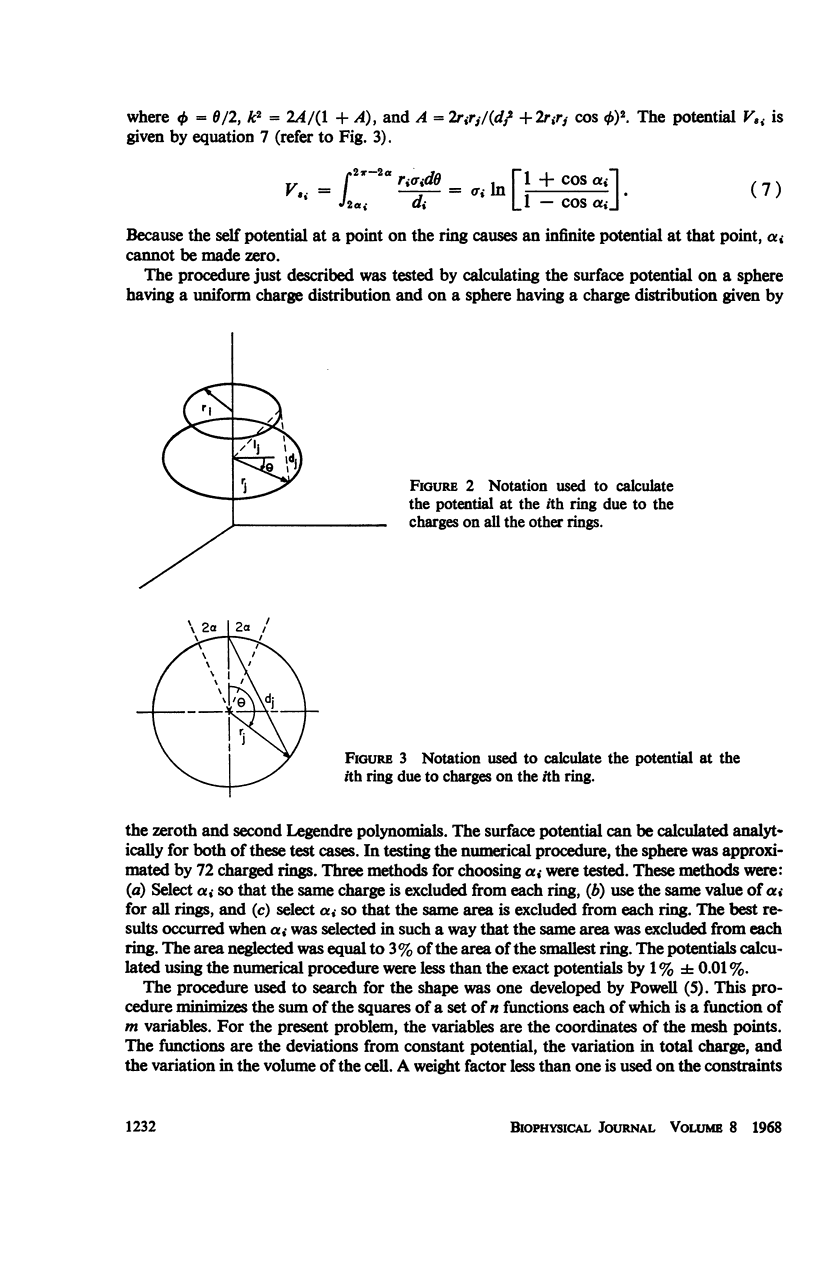
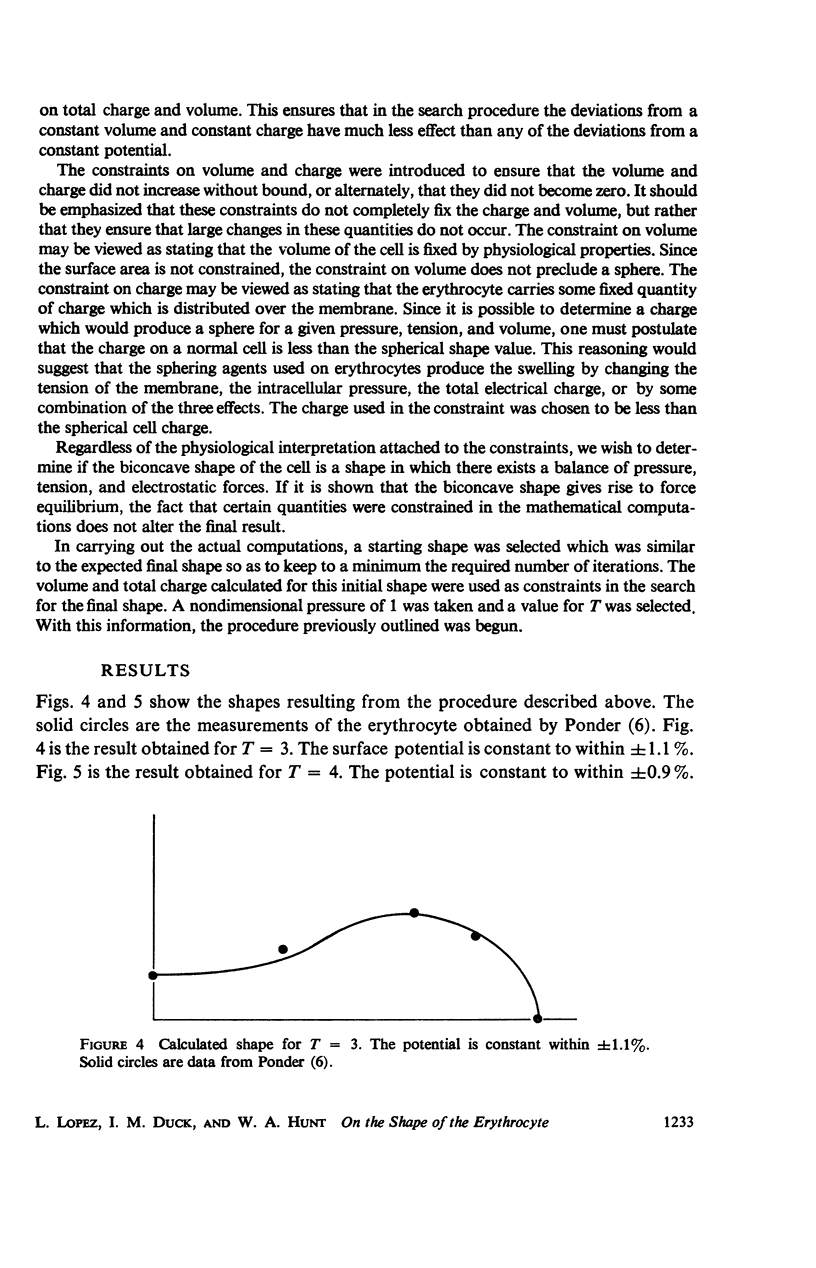
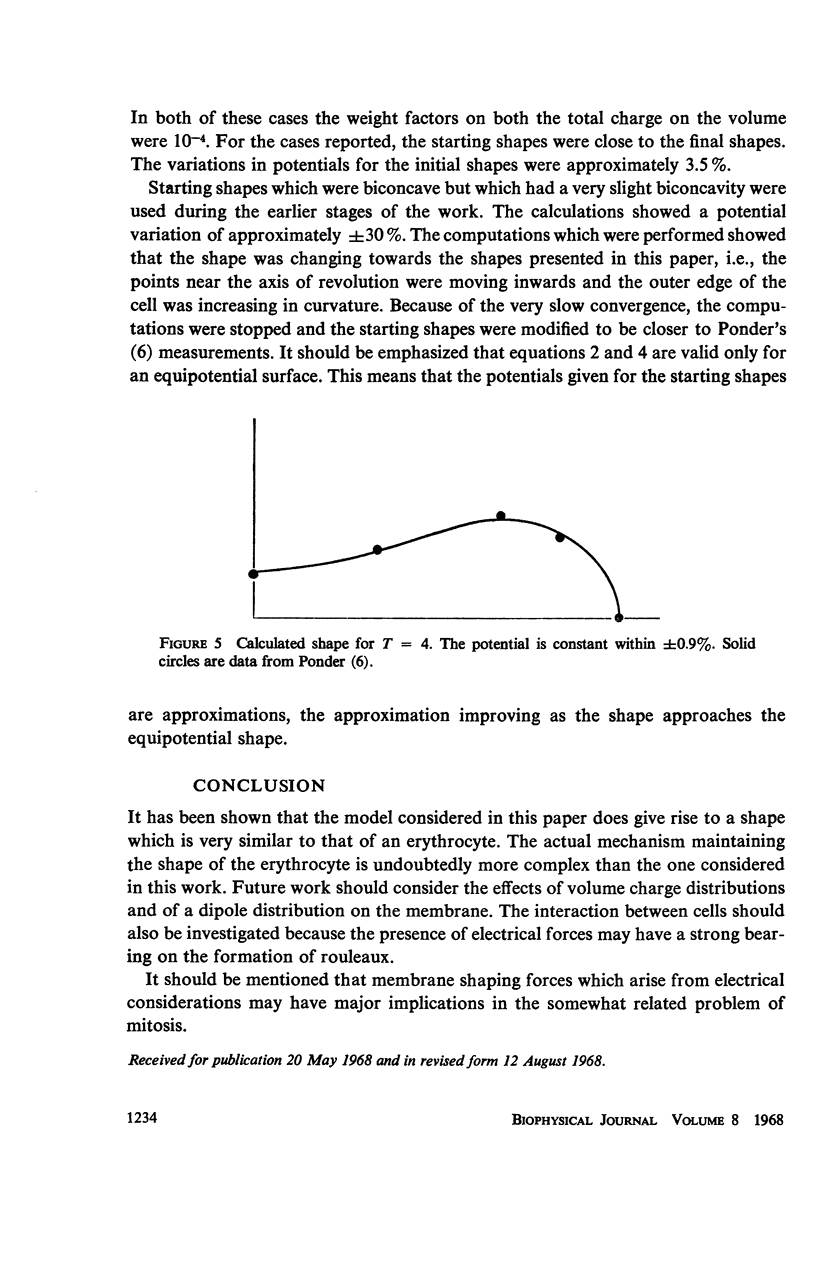
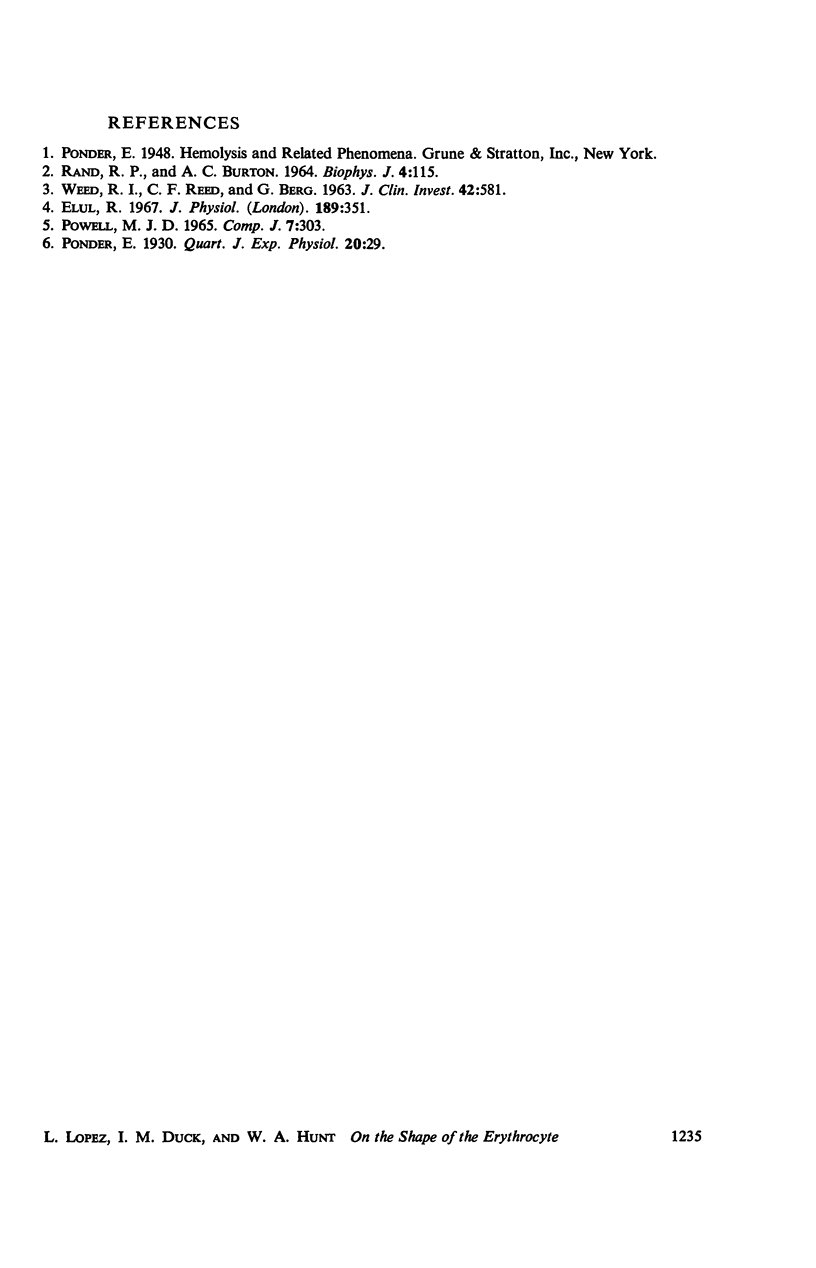
Selected References
These references are in PubMed. This may not be the complete list of references from this article.
- Elul R. Fixed charge in the cell membrane. J Physiol. 1967 Apr;189(3):351–365. doi: 10.1113/jphysiol.1967.sp008173. [DOI] [PMC free article] [PubMed] [Google Scholar]
- RAND R. P., BURTON A. C. MECHANICAL PROPERTIES OF THE RED CELL MEMBRANE. I. MEMBRANE STIFFNESS AND INTRACELLULAR PRESSURE. Biophys J. 1964 Mar;4:115–135. doi: 10.1016/s0006-3495(64)86773-4. [DOI] [PMC free article] [PubMed] [Google Scholar]
- WEED R. I., REED C. F., BERG G. Is hemoglobin an essential structural component of human erythrocyte membranes? J Clin Invest. 1963 Apr;42:581–588. doi: 10.1172/JCI104747. [DOI] [PMC free article] [PubMed] [Google Scholar]


